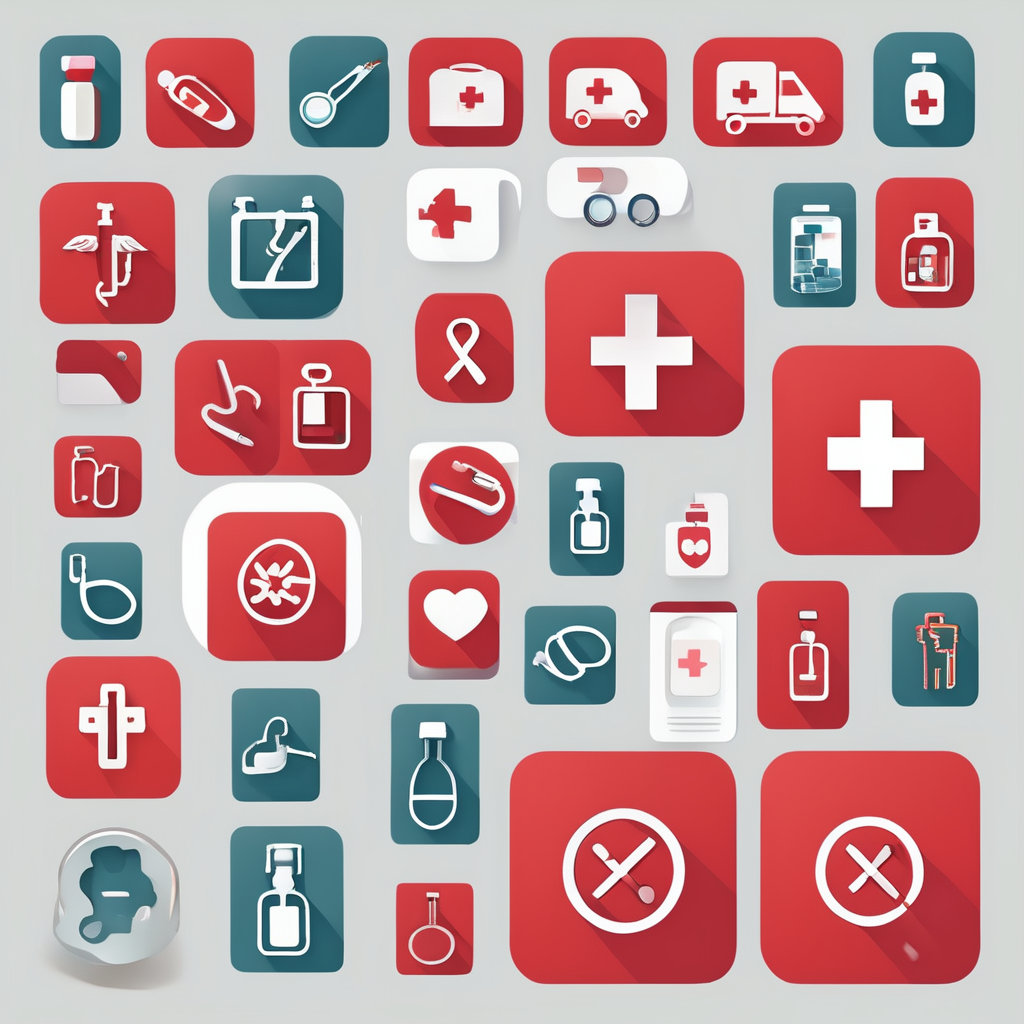Ultimate Guide to Naturally Increasing Muscle Mass for UK Adults Aged 40 and Above
As we age, maintaining and building muscle mass becomes increasingly important for overall health and well-being. For UK adults aged 40 and above, the journey to building muscle can be both challenging and rewarding. Here’s a comprehensive guide to help you navigate this process effectively.
Understanding Muscle Loss with Age
As we grow older, our bodies undergo a series of natural changes that can affect our muscle mass. This phenomenon is known as sarcopenia.
Also to read : Revitalizing City Life: The Impact of Green Spaces on Physical Fitness in UK Urban Areas
What is Sarcopenia?
Sarcopenia is the gradual loss of muscle mass and strength that occurs as we age. It can start as early as our 30s and becomes more pronounced after the age of 40. According to a study published in the Journal of Gerontology, sarcopenia can lead to a decline in physical function, increased risk of falls, and a reduced quality of life.
Why Does it Happen?
Several factors contribute to sarcopenia, including:
Additional reading : Ultimate Guide to Enjoying a Gluten-Free Adventure: Travel Tips for Exploring the UK
- Hormonal Changes: Decreases in testosterone and growth hormone levels.
- Lack of Physical Activity: Sedentary lifestyles can accelerate muscle loss.
- Poor Nutrition: Inadequate protein intake and other nutritional deficiencies.
- Chronic Health Conditions: Certain health issues, such as diabetes and arthritis, can impact muscle health.
The Importance of Resistance Training
Resistance training is a cornerstone of building and maintaining muscle mass, especially for older adults.
What is Resistance Training?
Resistance training, also known as strength training, involves using weights, resistance bands, or your own body weight to challenge your muscles. This type of exercise helps to build muscle strength and hypertrophy (growth).
Benefits for Older Adults
- Increased Muscle Strength: Enhances physical function and mobility.
- Bone Density: Helps prevent osteoporosis by strengthening bones.
- Metabolic Health: Improves insulin sensitivity and reduces the risk of diabetes.
- Mental Health: Can reduce symptoms of depression and anxiety.
Creating an Effective Training Plan
To build muscle effectively, you need a well-structured training plan.
Types of Exercises
- Compound Exercises: These exercises work multiple muscle groups at once and are highly effective for building muscle. Examples include:
- Squats
- Deadlifts
- Bench Press
- Pull-ups
- Isolation Exercises: These target specific muscle groups and can help with muscle balance and symmetry. Examples include:
- Bicep Curls
- Tricep Extensions
- Lateral Raises
Sample Workout Routine
Here’s a sample workout routine for older adults looking to build muscle:
| Day | Exercise | Sets | Reps |
|---|---|---|---|
| Monday (Chest and Triceps) | Bench Press | 3 | 8-12 |
| Monday (Chest and Triceps) | Incline Dumbbell Press | 3 | 10-15 |
| Monday (Chest and Triceps) | Tricep Pushdown | 3 | 12-15 |
| Tuesday (Back and Biceps) | Pull-ups | 3 | 8-12 |
| Tuesday (Back and Biceps) | Barbell Rows | 3 | 8-12 |
| Tuesday (Back and Biceps) | Dumbbell Bicep Curls | 3 | 12-15 |
| Wednesday (Rest Day) | – | – | – |
| Thursday (Legs) | Squats | 3 | 8-12 |
| Thursday (Legs) | Leg Press | 3 | 10-15 |
| Thursday (Legs) | Lunges | 3 | 12-15 |
| Friday (Shoulders and Abs) | Shoulder Press | 3 | 8-12 |
| Friday (Shoulders and Abs) | Lateral Raises | 3 | 10-15 |
| Friday (Shoulders and Abs) | Planks | 3 | 30-60 seconds |
Progressive Overload
To continue making gains, it’s crucial to incorporate progressive overload into your training plan. This means gradually increasing the weight, resistance, or number of repetitions over time.
The Role of Nutrition in Muscle Building
Nutrition plays a critical role in muscle building and maintenance.
Protein Intake
Protein is essential for muscle growth and repair. Here are some key points to consider:
- Daily Intake: Aim for 1.2 to 1.6 grams of protein per kilogram of body weight.
- Timing: Spread protein intake throughout the day, including post-workout.
- Sources: Include a variety of protein sources such as lean meats, fish, eggs, dairy, legumes, and plant-based proteins.
Other Nutrients
- Carbohydrates: Provide energy for workouts and support muscle recovery.
- Healthy Fats: Essential for hormone production and overall health.
- Hydration: Adequate water intake is crucial for muscle function and recovery.
Practical Tips for Building Muscle
Here are some practical tips to help you on your journey:
Consistency is Key
- Regular Workouts: Aim for at least 3-4 resistance training sessions per week.
- Consistent Nutrition: Stick to your nutrition plan even on weekends and holidays.
Rest and Recovery
- Adequate Sleep: Aim for 7-9 hours of sleep per night to aid in muscle recovery.
- Rest Days: Include rest days in your workout plan to allow muscles to recover.
Seek Professional Help
- Personal Trainers: Consider working with a personal trainer who specializes in older adults.
- Nutritionists: Consult with a nutritionist to create a personalized nutrition plan.
Overcoming Common Challenges
Building muscle as an older adult can come with its own set of challenges.
Managing Injuries
- Warm Up and Cool Down: Always warm up before workouts and cool down afterwards to prevent injuries.
- Listen to Your Body: If you experience pain, stop the exercise and consult with a healthcare professional.
Staying Motivated
- Find a Workout Buddy: Having someone to workout with can make the process more enjoyable and help you stay motivated.
- Track Progress: Keep a workout log or use a fitness app to track your progress.
Real-Life Examples and Success Stories
Many older adults have successfully built muscle and improved their health through consistent training and nutrition.
Example: John’s Journey
John, a 55-year-old from London, decided to start resistance training after noticing a decline in his physical strength. He began with light weights and gradually increased the load as he became stronger. Within six months, John noticed significant improvements in his muscle mass and overall health.
Building muscle as an older adult requires dedication, patience, and the right approach. By incorporating resistance training, a balanced nutrition plan, and consistent rest and recovery, you can naturally increase your muscle mass and improve your overall health.
Final Tips
- Start Slow: Don’t try to do too much too soon. Gradually increase the intensity of your workouts.
- Stay Positive: Celebrate small victories along the way and stay positive about your progress.
- Seek Support: Join a fitness community or find a workout buddy to help keep you motivated.
Remember, it’s never too late to start building muscle and improving your health. With the right mindset and approach, you can achieve your fitness goals and enjoy a healthier, more active life.

